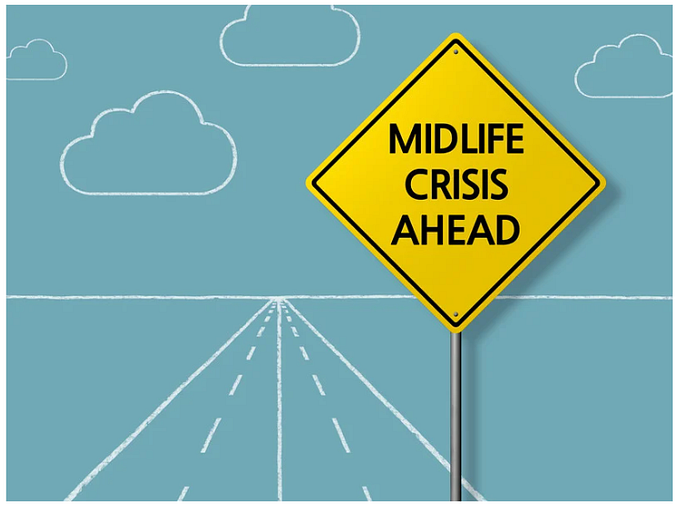
Member-only story
The Nuance
This Is What’s Happening in Your Brain When You’re Daydreaming
Unlocking the mysteries of the brain’s default mode network
 What does the human brain do with its free time? A team of neuroscientists at the Washington University School of Medicine in St. Louis wanted to find out, so they recruited a few dozen people and asked them to sit in PET scanners with their eyes closed, leaving their minds free to wander.
What does the human brain do with its free time? A team of neuroscientists at the Washington University School of Medicine in St. Louis wanted to find out, so they recruited a few dozen people and asked them to sit in PET scanners with their eyes closed, leaving their minds free to wander.
“Many suspect that left unconstrained, [the brain’s] activity will vary unpredictably,” those neuroscientists wrote in the 2001 study paper that detailed their findings. But their PET scan data argued otherwise. The researchers’ findings revealed that specific areas of the brain — including both the posterior cingulate cortex and the precuneus — reliably switched on when people’s minds were allowed to wander freely. Meanwhile, many other regions predictably switched off. This suggested that the brain, rather than engaging in random and uncoordinated activity, tended to slip into a kind of resting operational state.
“People are still debating all its functions, but it seems to help us imagine the future — kind of like mental time travel.”
While they acknowledged that identifying the “baseline state” of a system as complex as the human brain was a difficult task, the Washington University team more or less claimed to have done just that. They called this baseline state the brain’s default mode network (DMN). Since then, follow-up research efforts have attempted to elucidate the DMN’s function and utility. Those efforts have yielded some fascinating insights into the role the DMN plays in mental health — and also, possibly, in mental disorders. But experts say that the more they learn about the DMN, the more it defies tidy explanations.
“People are still debating all its functions, but one seems to be to help us imagine the future — kind of like mental time travel,” says Scott Barry Kaufman, a professor of psychology at Columbia University and host of The Psychology Podcast. This future-conceptualizing function may help with some planning and decision-making processes, but it may also contribute to anxiety, which…







